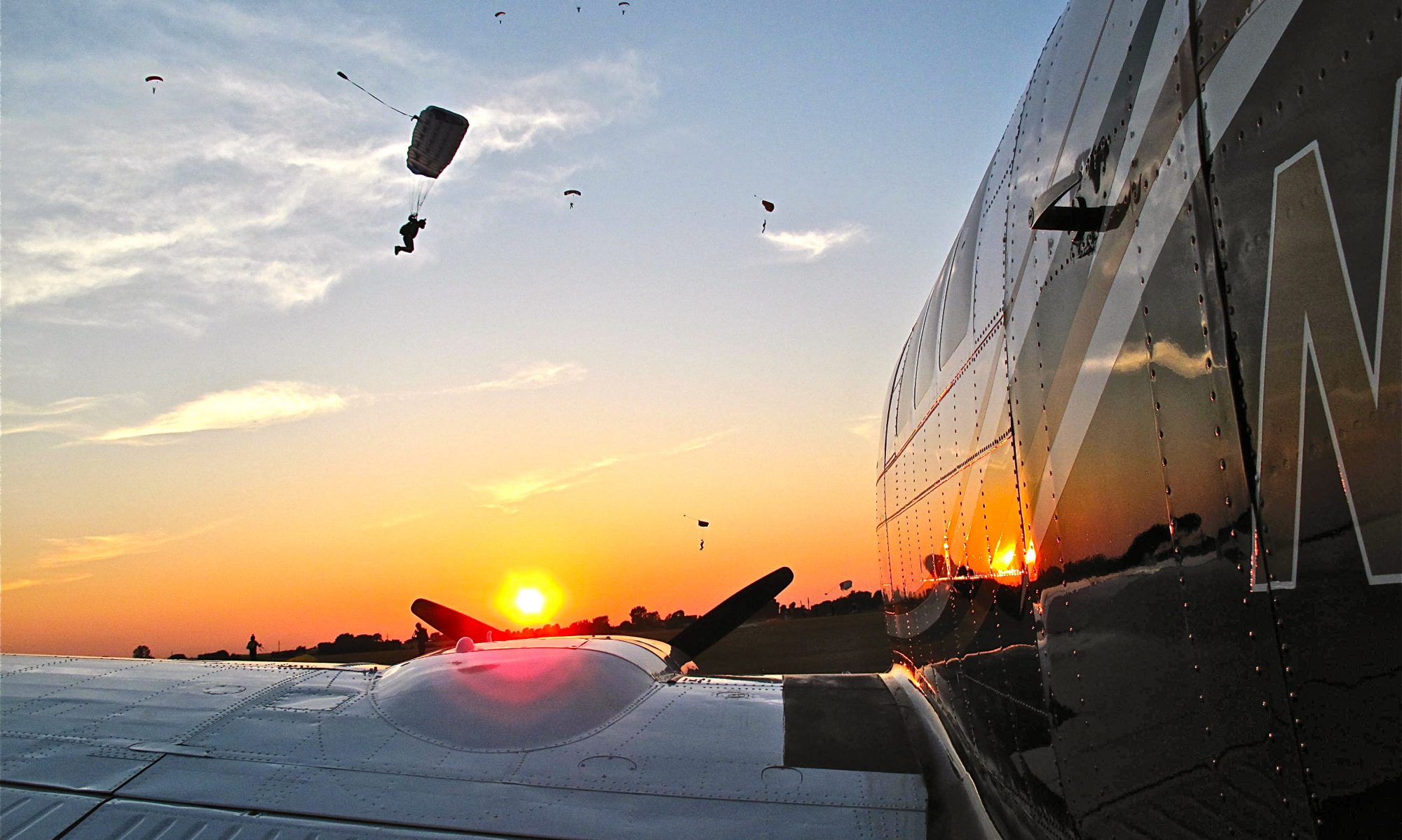Solved after 70 years: The mystery of the missing Lancaster bomber crew
-
A lost Lancaster bomber crew have finally been found after a German team located the remains of their downed aircraft near Frankfurt
-
Five missing British airmen were found inside the wreckage of their World War Two bomber
-
They were guided to the site in Laumersheim, Germany, by an eye-witness who saw the plane crash 69 years ago.








